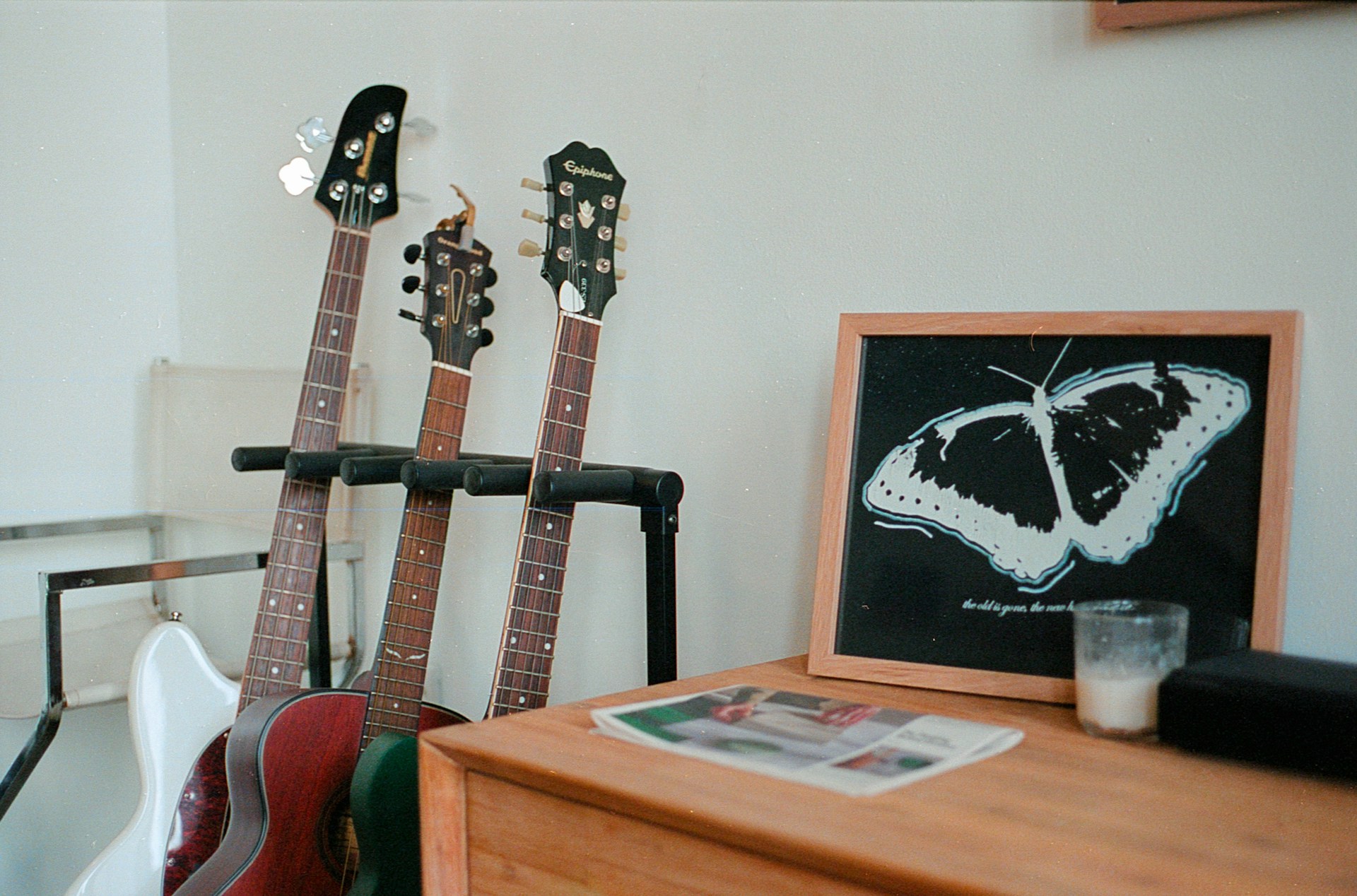Music
How To Shop For Alembic Electric Guitars: A Buyer’s Guide

You’re eyeing an Alembic, which means you already know these aren’t your average electric guitars. These handcrafted instruments from Santa Rosa, California, have been turning heads since the 1970s, and for good reason. But shopping for one requires a different approach than picking up a Strat off the wall at Guitar Center.
Understanding The Alembic Philosophy First
Here’s the thing about Alembic: they build instruments like fine furniture makers approach a custom cabinet. Every component matters. The active electronics, the exotic wood combinations, and the brass hardware—all serve a purpose beyond mere appearance. So, when you shop for Alembic electric guitars, you’re not just buying a guitar; you’re investing in a specific tonal philosophy that prioritizes clarity, sustain, and an almost hi-fi quality to your sound. Some players find this revelation. Others miss the grit of passive pickups. Know which camp you’re in before you spend.
Should You Go Custom Or Pre-Owned?
New custom Alembics require serious patience and deep pockets. We’re talking year-long waits and five-figure price tags. But here’s an unconventional thought: the used market might actually be your sweet spot. Many original owners were bassists (Alembic’s bread and butter), and their guitars sometimes get less attention. You can find incredible deals on models from the ’80s and ’90s that sound absolutely pristine. Plus, older Alembics have proven their build quality by simply surviving.
The Wood Combinations Tell A Story
Don’t just pick woods because they look cool. Alembic uses laminates strategically, featuring vermillion, purpleheart, maple, walnut, and zebrawood. Each adds specific tonal characteristics. More laminations generally equal more sustain, but can also mean a heavier instrument. Consider this: a five-piece neck will feel different than a seven-piece, and your back will notice a ten-pound guitar versus an eight-pounder during a three-hour gig.
The Electronics Deserve Their Own Research Session
This is where Alembic separates itself completely. Their active electronics system isn’t just an afterthought. You get:
- Low-pass filters for each pickup
- Onboard preamps
- Output level controls
- Incredibly low noise
The learning curve is real. You’ll need time to understand how to dial in sounds. But once you do, the tonal palette becomes massive. Try before you buy if possible, because some players never gel with active systems.
Testing In Your Actual Context Matters More Than You Think
Here’s advice you won’t hear often: don’t test an Alembic through a vintage Fender amp in a guitar shop. These guitars were designed for studio clarity and modern amplification. Plug into something relatively clean with good headroom. Listen for the natural resonance of the wood. The electronics should enhance, not color excessively. If you play jazz, focus on neck pickup warmth. Rock players should check how the bridge pickup cuts through without getting harsh.
The Resale Reality Check
Alembics hold value differently than mass-produced guitars. Custom orders rarely return full investment if you need to sell. But standard models, especially from peak production years? They maintain worth surprisingly well among people who understand them. Think of it as buying a used Porsche—you need the right buyer who appreciates what they’re getting.
Final Unconventional Wisdom
Don’t buy an Alembic to impress other guitarists. Buy one because the way it responds under your fingers makes you play differently. These instruments reveal everything—your technique, your touch, your musical ideas. Some players find that terrifying. Others find it liberating. Which one are you?














